Growth in Renewable Energy Sector
The Metal Expansion Joints Market is poised to benefit from the growth in the renewable energy sector. As countries invest in sustainable energy sources such as wind, solar, and hydroelectric power, the demand for reliable piping systems that can withstand thermal fluctuations is increasing. Metal expansion joints play a crucial role in these systems, ensuring the integrity and efficiency of energy generation processes. The renewable energy sector is projected to expand significantly, which will likely drive the demand for metal expansion joints. This trend indicates a shift towards more sustainable practices, further solidifying the position of the Metal Expansion Joints Market in the evolving energy landscape.
Increasing Demand from Industrial Sectors
The Metal Expansion Joints Market is experiencing a surge in demand from various industrial sectors, particularly in oil and gas, power generation, and chemical processing. These sectors require reliable solutions to accommodate thermal expansion and contraction in piping systems. As industries expand and modernize, the need for durable and efficient metal expansion joints becomes paramount. According to recent data, the oil and gas sector alone accounts for a substantial share of the market, driven by ongoing infrastructure projects and the need for maintenance of existing systems. This trend indicates a robust growth trajectory for the Metal Expansion Joints Market, as companies seek to enhance operational efficiency and reduce downtime.
Regulatory Compliance and Safety Standards
The Metal Expansion Joints Market is significantly influenced by stringent regulatory compliance and safety standards across various sectors. Governments and regulatory bodies are increasingly mandating the use of high-quality materials and components in industrial applications to ensure safety and reliability. This has led to a heightened focus on the quality and performance of metal expansion joints. Companies are compelled to invest in advanced technologies and materials to meet these standards, thereby driving market growth. The emphasis on safety not only enhances the reputation of manufacturers but also contributes to the overall expansion of the Metal Expansion Joints Market, as compliance becomes a critical factor in procurement decisions.
Rising Infrastructure Development Projects
The Metal Expansion Joints Market is experiencing growth due to rising infrastructure development projects worldwide. Urbanization and population growth are driving the need for new transportation, water supply, and energy infrastructure. These projects often require robust piping systems that can accommodate thermal expansion and contraction, making metal expansion joints essential components. Recent data suggests that infrastructure spending is expected to increase, particularly in emerging economies, which will likely boost the demand for metal expansion joints. This trend underscores the importance of the Metal Expansion Joints Market in supporting the development of critical infrastructure, thereby enhancing its growth prospects.
Technological Innovations in Manufacturing
Technological innovations in manufacturing processes are reshaping the Metal Expansion Joints Market. Advances in materials science and engineering have led to the development of more resilient and efficient expansion joints. For instance, the introduction of high-performance alloys and advanced welding techniques has improved the durability and performance of these components. Furthermore, automation in manufacturing processes has enhanced production efficiency, allowing for quicker turnaround times and reduced costs. As manufacturers adopt these innovations, they are better positioned to meet the evolving demands of various industries, thereby fostering growth in the Metal Expansion Joints Market. This trend suggests a promising future as technology continues to evolve.


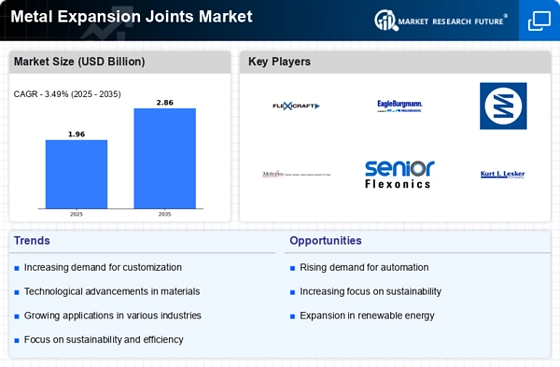
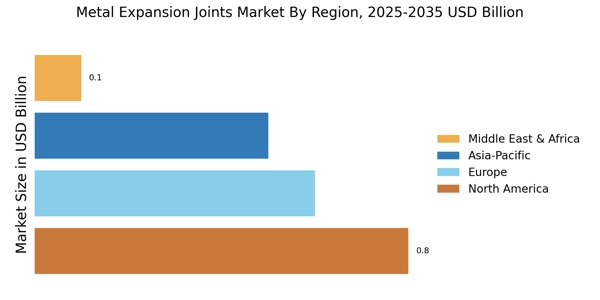
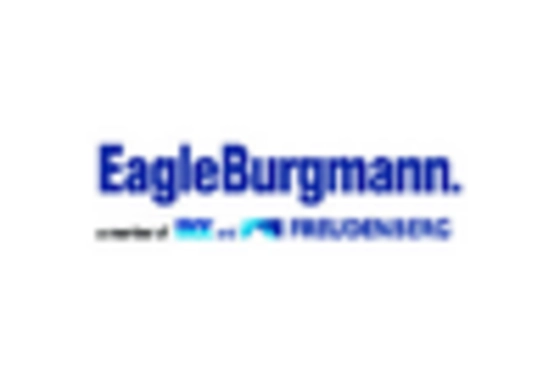
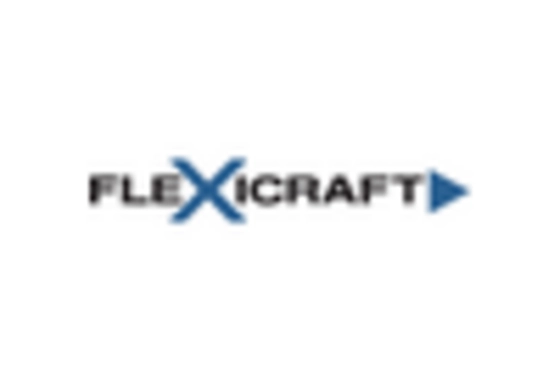
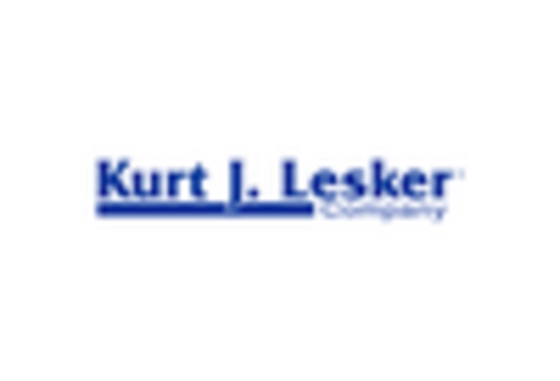

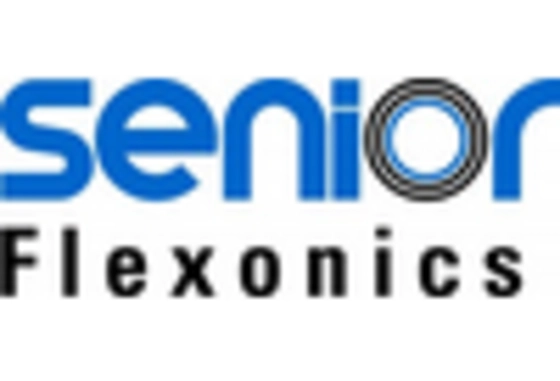
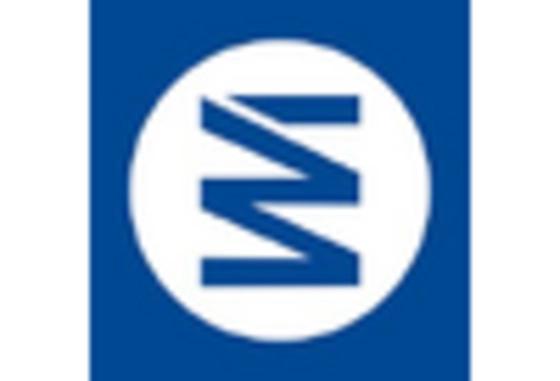








Leave a Comment